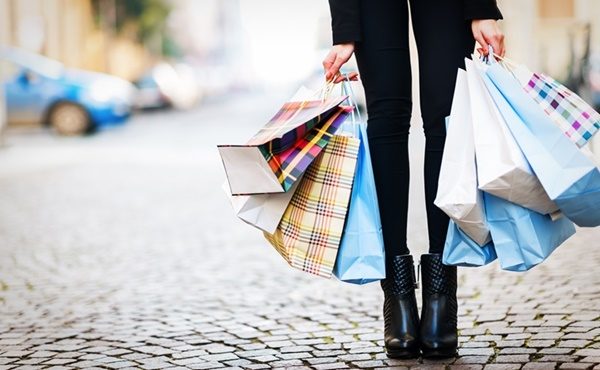Consumer spending is expected to grow strongly in 2021-22, however, retailers will have to fight for consumers’ dollars as they will have more options to spend their money on.
Australian retail spending has surged through most of 2020-21 benefiting from captured consumers who had little else to spend on through the pandemic. However, those retailers who profited from a restricted economy are likely to face headwinds in this new financial year.
Australian consumers have more options for spending with the easing of restrictions and a need for social contact is supporting eating out and other activities at the expense of other retail spending, says Deloitte Access Economics partner, and Retail Forecasts principal author, David Rumbens.
“Australian retailers are set to record a bumper year in 2020-21,” he says.
“Spending options have been limited and with many households having cash to burn, consumers flocked to retail. This has supported what is likely to be the strongest gain in retail spending in a decade.
“But the next shift in consumer spending is also underway.”
Indeed, March quarter data shows that that shift is already underway, with retail spending growth slowing from the heady days of late 2020.
Retail spending was relatively soft from January to March, with volumes falling 0.5 per cent over the quarter.
Growth in retail spending is expected to reach a hefty 5.9 per cent in 2020-21―the highest growth seen in a decade, however, after such a large surge, the forecast for 2021-22 growth is a more modest 0.9 per cent gain. Non-food industries will likely experience the greatest slowdown in retail spending into 2021-22, especially apparel and household goods retailing
“On the other hand and with Victoria’s recent lockdown the most recent case in point, we are not necessarily snapping back to an open society.
“With international borders still closed for another year and city-wide lockdowns still happening, overall, retailers can expect sales to remain well above pre-Covid levels, despite a slowdown in spending growth over 2021-22.”







